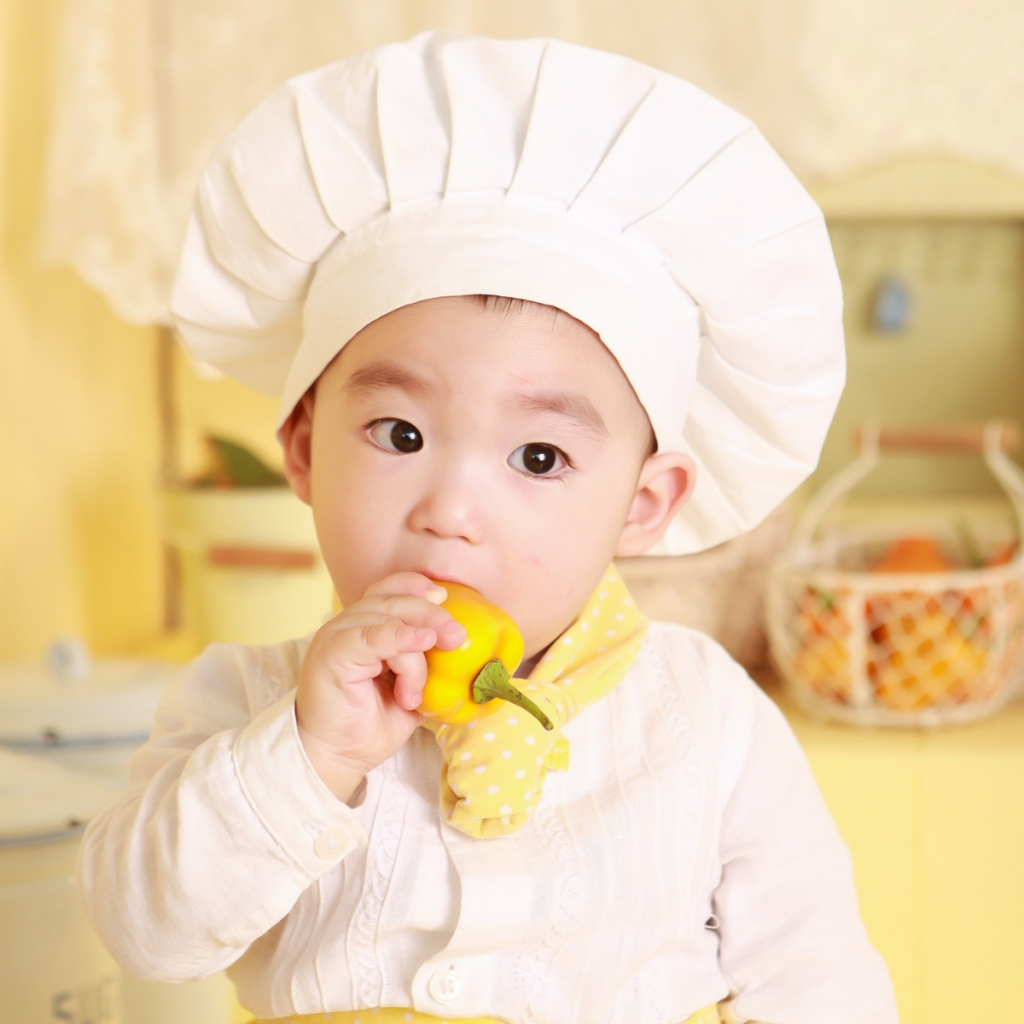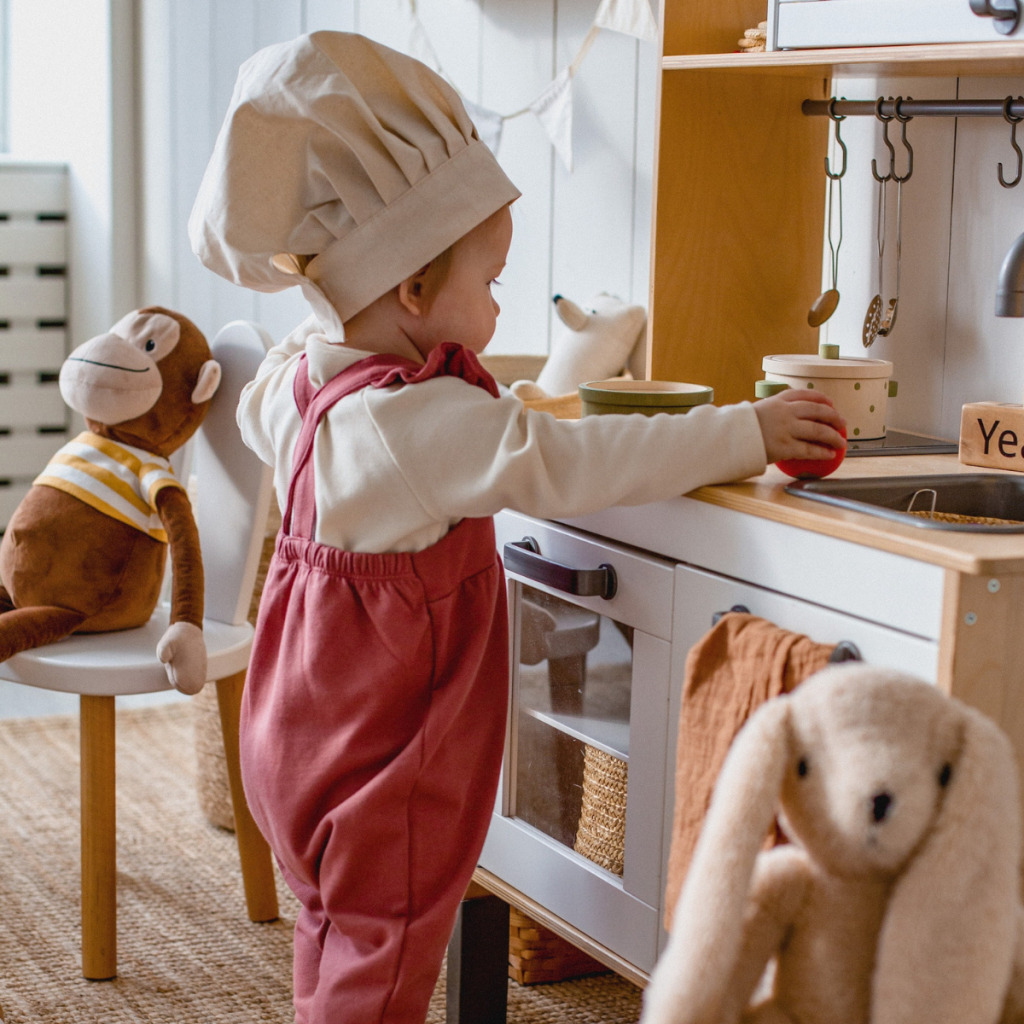Discover effective strategies and tips on how to teach cooking to your 2-3 year old child.
How to Teach Cooking to a 2-3 Year Old Child
Teaching cooking to a 2-3 year old child can be a delightful and rewarding experience. Not only does it provide an opportunity to bond with your little one, but it also helps them develop important skills and a positive attitude towards food. In this article, we will explore various strategies and activities to make the cooking journey enjoyable for both of you.
Understanding the Developmental Stage of a 2-3 Year Old
Before diving into the world of cooking, it’s essential to understand the developmental stage of a 2-3 year old child. At this age, toddlers are rapidly expanding their cognitive and physical abilities, making it an ideal time to introduce them to new experiences such as cooking.
During the developmental stage of a 2-3 year old, children are experiencing tremendous growth in various aspects of their lives. This period is often referred to as the “terrible twos” or “threenagers” due to the challenges and changes that come with it. However, it is also an exciting time filled with curiosity, exploration, and the development of new skills.

Cognitive Abilities of a Toddler
Toddlers at this stage are curious and eager to learn. They can follow simple instructions, recognize and name objects, and engage in basic problem-solving. Their minds are like sponges, absorbing information from their surroundings. By incorporating cooking activities into their daily routine, you can stimulate their cognitive growth and expand their knowledge about food and the world around them.
When engaging toddlers in cooking, you can introduce them to new vocabulary related to ingredients, utensils, and cooking techniques. This exposure to new words enhances their language development and helps them build a stronger foundation for communication. Additionally, following step-by-step instructions during cooking activities helps toddlers practice their listening skills and enhances their ability to follow directions.
Furthermore, cooking provides an opportunity for toddlers to explore basic math concepts. They can learn about measuring ingredients, counting, and understanding the concept of time as they wait for the food to cook. These early math experiences lay the groundwork for future mathematical understanding.
Physical Capabilities of a Toddler
At 2-3 years old, toddlers are developing their fine motor skills, hand-eye coordination, and balance. Their ability to manipulate objects is improving, making it easier for them to participate in age-appropriate cooking tasks.
Engaging in cooking activities allows toddlers to practice their fine motor skills by stirring, pouring, and scooping ingredients. These actions require precision and control, helping them refine their hand movements. As they handle kitchen tools and utensils, their hand-eye coordination improves, enabling them to perform tasks with greater accuracy.
Moreover, cooking involves physical movements such as standing, reaching, and bending, which contribute to the development of a toddler’s balance and overall gross motor skills. These activities help strengthen their muscles and improve their coordination, laying the foundation for future physical activities and sports.
It’s important to note that while toddlers are capable of participating in cooking activities, adult supervision is crucial to ensure their safety. Sharp objects, hot surfaces, and potential hazards should be carefully managed to create a safe environment for them to explore and learn.
Setting Up a Safe and Engaging Kitchen Environment
To ensure a successful cooking experience, it’s crucial to create a safe and engaging kitchen environment for your little chef. Cooking can be a fun and educational activity for children, allowing them to develop important skills such as following instructions, measuring ingredients, and exploring their creativity.
One way to make the kitchen environment more engaging is by involving your child in the meal planning process. Let them choose a recipe they would like to try or ask for their input on what ingredients to include in a dish. This not only gives them a sense of ownership but also encourages them to be more enthusiastic about cooking.
Choosing Appropriate Kitchen Tools
Selecting the right kitchen tools is essential when cooking with children. Look for child-friendly utensils that are easy for them to hold and manipulate. Child-sized aprons not only protect their clothes but also make them feel like a real chef. Consider utensils with sturdy handles that provide a comfortable grip and allow for better control.
Another important aspect to consider is providing your little chef with a safe and stable platform to reach the kitchen countertop. Non-slip step stools are a great addition to the kitchen, as they give children the necessary support and independence to participate in cooking activities.
Safety Measures in the Kitchen
Prioritizing safety is paramount when it comes to cooking with children. Childproofing your kitchen is a crucial step to prevent accidents and injuries. Keep sharp objects, such as knives and scissors, out of reach by storing them in locked drawers or high cabinets. Secure lower cabinets with safety locks to prevent your child from accessing potentially harmful substances or objects.
While it’s important to childproof the kitchen, it’s equally important to supervise your child closely while cooking. Always be present to guide them through the process and ensure they are following safety guidelines. Teach them basic kitchen safety rules, such as washing their hands before and after handling food to prevent the spread of germs. Emphasize the importance of never touching hot surfaces or appliances without adult supervision to avoid burns or other injuries.
Additionally, it’s crucial to teach your child about food safety. Explain the importance of using separate cutting boards for raw meat and vegetables to prevent cross-contamination. Teach them how to properly store food in the refrigerator and how to check for expiration dates. These lessons not only promote a safe kitchen environment but also instill lifelong habits of cleanliness and hygiene.
Creating a safe and engaging kitchen environment for your little chef is a wonderful way to bond and create lasting memories. By choosing appropriate kitchen tools and implementing safety measures, you can ensure that your child’s cooking experiences are not only fun but also educational and safe.
Introducing Basic Cooking Concepts to Toddlers
Introducing basic cooking concepts to toddlers can be a fun and educational experience. It not only helps them develop important life skills but also encourages their creativity and curiosity. Cooking with toddlers provides an opportunity for them to learn about different foods, explore textures and tastes, and develop a sense of independence in the kitchen.

Identifying and Naming Foods
One of the first steps in introducing cooking concepts to toddlers is helping them identify and name different foods. Use colorful picture books or flashcards to teach your child about fruits, vegetables, grains, and other food groups. Show them pictures of vibrant red apples, juicy oranges, and crunchy carrots. As you go through the pictures, encourage them to repeat the names of the foods and ask them questions like “What color is this fruit?” or “Can you find a vegetable that is green?”.
To further enhance their learning experience, take them on a trip to the grocery store and let them touch, smell, and feel different ingredients. Allow them to explore the vibrant colors of the produce section and the fragrant aroma of freshly baked bread. Encourage them to identify and name the items they see, pointing out the similarities and differences between various fruits and vegetables. This hands-on approach will not only make learning more engaging but also help them develop a deeper understanding of the foods they encounter.
Exploring Textures and Tastes
Engaging your child’s senses is an essential part of introducing them to cooking concepts. Involving them in food preparation tasks allows them to feel the texture of different ingredients, such as squishy tomatoes or rough broccoli. Let them help you wash and peel fruits and vegetables, allowing them to experience the sensation of water running over their hands and the sound of the peels being removed.
Another way to explore textures is by creating simple recipes that involve mixing ingredients. Let your child feel the smoothness of flour, the stickiness of dough, or the creaminess of butter. Encourage them to use their hands to mix the ingredients together, allowing them to feel the transformation from separate components to a cohesive mixture.
Toddlers are notorious for putting things in their mouths, so it’s important to provide them with safe opportunities to taste different ingredients. Offer them small pieces of fruits like bananas or berries, or let them try cooked pasta or rice. This sensory exploration will help them develop a broader palate and appreciation for various food textures and tastes.
As you continue to introduce basic cooking concepts to your toddler, remember to create a safe and supervised environment. Keep in mind their developmental abilities and adjust the activities accordingly. With patience, creativity, and a dash of fun, you can foster a love for cooking and healthy eating habits in your little one that will last a lifetime.
Hands-On Cooking Activities for Toddlers
Now that your little one has a basic understanding of food and cooking, it’s time to get their hands dirty with some hands-on cooking activities!
Washing and Sorting Ingredients
Teach your child the importance of cleanliness by letting them wash fruits and vegetables under running water. This activity helps develop their fine motor skills and reinforces good hygiene habits. You can further engage them by asking them to sort ingredients by color or size.
Mixing and Pouring Tasks
Give your little chef the responsibility of mixing ingredients in a bowl or pouring measured liquids into a recipe. Use child-sized mixing bowls and measuring cups to make it easier for them to handle. This hands-on experience will enhance their coordination and create a sense of accomplishment as they contribute to the cooking process.
Nurturing a Positive Attitude Towards Food and Cooking
One of the primary goals of teaching cooking to toddlers is to foster a positive attitude towards food and cooking that will last a lifetime.
Encouraging Curiosity and Creativity in the Kitchen
Embrace your child’s curiosity by allowing them to experiment with different ingredients and flavors. Encourage them to come up with their own recipes or variations of existing ones. Celebrate their creativity and praise their efforts, no matter the outcome. This will instill in them a love for cooking and a sense of confidence in their abilities.
Building Healthy Eating Habits
Use cooking as an opportunity to teach your child about the importance of a balanced diet. Discuss the nutritional benefits of different ingredients and involve them in meal planning. Encourage them to make healthy food choices and emphasize the pleasure of enjoying nourishing meals as a family.
In conclusion, teaching cooking to a 2-3 year old child is an incredible way to bond, stimulate their development, and foster a positive relationship with food. By understanding their developmental stage, creating a safe environment, introducing basic cooking concepts, engaging in hands-on activities, and nurturing a positive attitude, you’ll be laying the foundation for a lifelong passion for cooking and healthy eating.



